China’s financing and investment spread across 61 BRI countries in 2023 (up...
2024-02-27 31 英文报告下载
Pfizer and BioNTech had begun setting up their vaccine supply chains much earlier. Production would initially take place through a web of existing plants, most of them belonging to Pfizer (figure 2).12 To start, Pfizer developed the first stage of the drug product (DNA plasmids) at a plant in Missouri. These plasmids were then frozen, packed, and shipped to two plants—a Pfizer facility in Andover, Massachusetts, and a BioNTech site in Mainz. At those plants, the DNA was turned into the mRNA—the active pharmaceutical ingredient. Bags of filtered mRNA were then sent to two additional sites for the last stage of formulation, fill and finish. The Andover mRNA was sent to a Pfizer plant in Michigan, and the Mainz mRNA was sent to a Pfizer facility in Puurs, Belgium. From there, the vaccine vials were packaged and distributed. The formulation prepared at the facilities in Michigan and Belgium required vast supplies of lipid nanoparticles to combine with the mRNA. The lipids had their own specialized supply chains. BioNTech licensed technology from Acuitas, a Canadian firm, but the lipids were then manufactured at scale elsewhere.
Pfizer’s lipids were produced by Avanti Polar Lipids of Alabama, a subsidiary of the British company, Croda, under a five-year contract signed in November. Croda also had a plant in Snaith in the United Kingdom; the Telegraph reported that it was the source for the essential lipid nanoparticles used by Pfizer in the Belgian plant.13 This finding is consistent with the data illustrating a sharp increase in UK exports of lipids, first to Belgium and then to Germany in early 2021 (figure 3). The Financial Times later reported that this flow of exports from Britain was the input dependence that kept the European Commission from imposing export restrictions on AstraZeneca vaccines in early 2021, involving a dispute described below.14 BioNTech subsequently contracted with firms like Evonik and Merck KGaA to manufacture lipids at facilities within the European Union, not just the United Kingdom, perhaps out of growing concern that UK–EU tensions over the AstraZeneca vaccine would put their supply chains at risk.

标签: 英文报告下载
相关文章
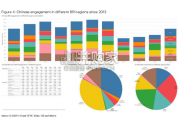
China’s financing and investment spread across 61 BRI countries in 2023 (up...
2024-02-27 31 英文报告下载
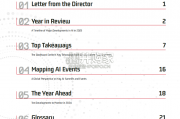
Though the risk of AI leading to catastrophe or human extinction had...
2024-02-26 51 英文报告下载
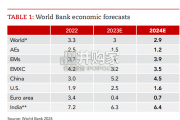
Focusing on the prospects for 2024, global growth is likely to come i...
2024-02-21 96 英文报告下载
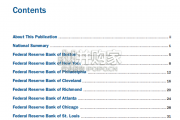
Economic activity declined slightly on average, employment was roughly flat...
2024-02-07 67 英文报告下载
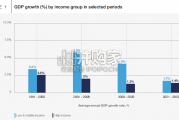
Economic growth can be defned as an increase in the quantity or quali...
2024-02-06 82 英文报告下载
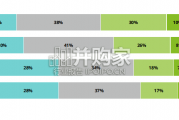
In this initial quarterly survey, 41% of leaders reported their organizatio...
2024-02-05 66 英文报告下载
最新留言